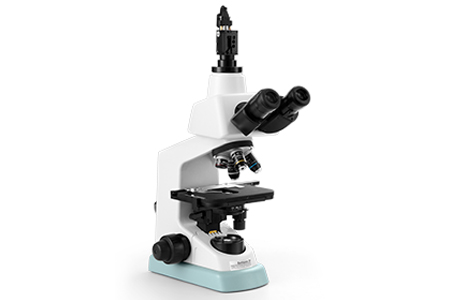Applications and Industries : 3D Printing and Powdered Metals
Applications and Industries : 3D Printing and Powdered Metals
3D Printing and Powdered Metals
Provide you particle size distribution and particle shape analysis data of metals.

Through testing particle size, particle shape and physical properties of powder, Bettersize instruments can monitor and control product quality, improve product quality and optimize production technology in the development and manufacturing process of metals. The applicable products include aluminium powder, bismuth, bronze, metal carbides, cadmium, chromium, cobalt, copper powder, gallium, hafnium, indium, iron powder, lead, magnesium powder, molybdenum powder, nickel, niobium, platinum, rhenium, rubidium, silicon, silver, Strontium, tantalum, tin, titanium dioxide, tungsten, vanadium, yttrium, zinc powder and zirconium oxide as well as other rare metals and many different alloys of these primary metals.
In addition, particle size and shape analysis is required in Powder Metallurgy Parts Manufacturing. Powdered metal components are made from powdered metal using a variety of manufacturing techniques. These techniques include pressing and sintering, powder forging, hot isostatic pressing, electric current assisted sintering, metal injection molding, and selective laser melting.
Size specifications for an atomized metal powder are often tighter than many other parts manufacturing processes. The D(50) might be smaller and the particle size distribution narrower for complex parts with thin surfaces. Bimodal distributions might be needed to maximize loose-packed density on the laser melter bed to optimise the density and strength and minimize voids in the finished parts.
Particles produced must be highly spherical and smooth-surfaced for good flowability and packing of the laser melter bed.
Contaminants are detrimental in any metal powder, even a single contaminant could cause a point defect in a very thin section of a part. Dynamic image analysis can be used in quality control to monitor if the particles are irregular, rough-surfaced, or translucent. The amount of material that is unfit for purpose can be quantified as a proportion of the sample by volume or number.
Recycling of metal powder can cause it to wear and be contaminated on recycling. If it goes out of spec it has to be melted and re-atomized - a costly expense - to produce in specification powder again.
Quality Control of Metal Powders needs to be effected to meet quality specifications of powder manufacturers outgoing inspection and the powder metallurgy parts manufacturers' incoming inspection. The morphology and particle size distribution of the powder influences flowability, packing density and contaminant level of the metal powders.
In addition, measuring the morphology and particle size distribution of the powder by the systems below help in determining the green strength, porosity, sintered strength and mechanical properties of the formed parts.
Bettersizer 2600
The Bettersizer 2600 utilizes this laser diffraction technology. There are 92 photoelectric detectors to convert light signals from the scattering spectrum to electrical signals, which are transmitted into an intelligent software. By implementing the Mie scattering theory to the data and performing mathematical conversion, the complete particle size distribution can be derived.
BeVision S1
The BeVision S1 offers an easy solution to measure and analyze the size and shape of particles in a range of 1 - 3,000 µm. It is easy to use while staying reliable and accurate. The BeVision software offers 24 different particle size and shape parameters and further organizes the data into an all-around validation of particles. The BeVision S1 is not only a reliable independent particle size and shape analyzer, but it can also be a perfect match for laser diffraction particle analyzers, as an aid or a verification.
23 มีนาคม 2566
ผู้ชม 1355 ครั้ง


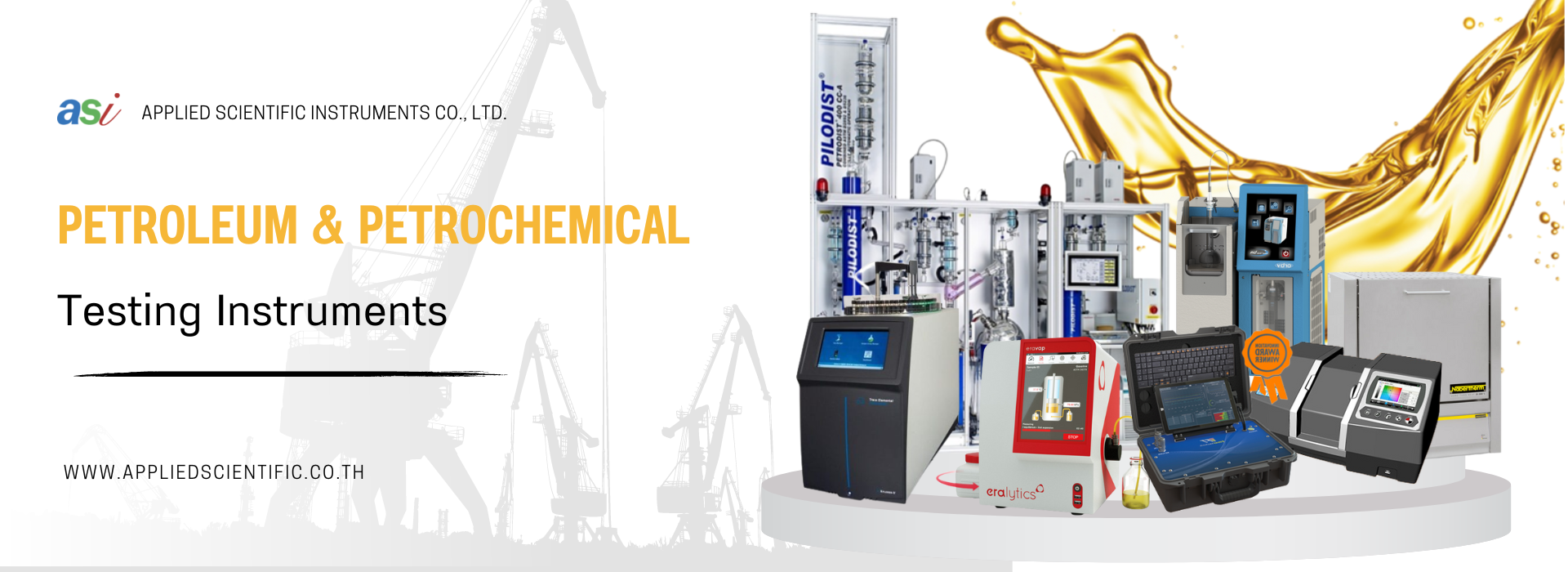
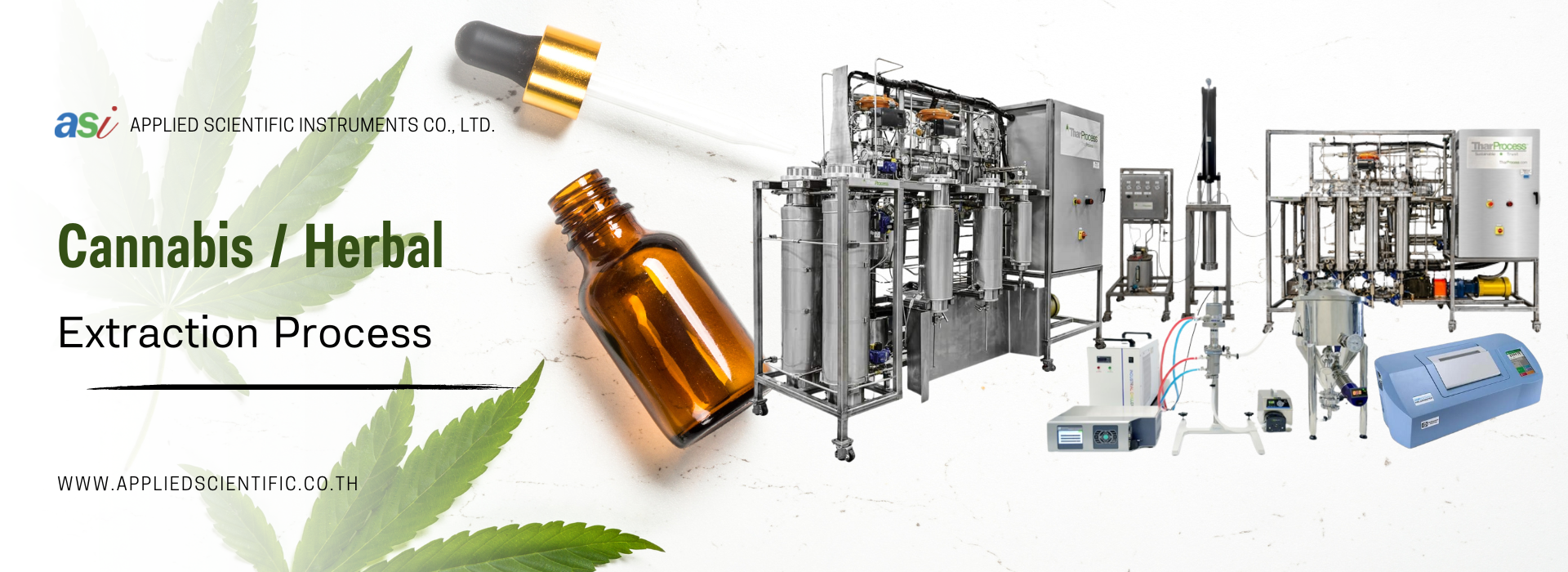
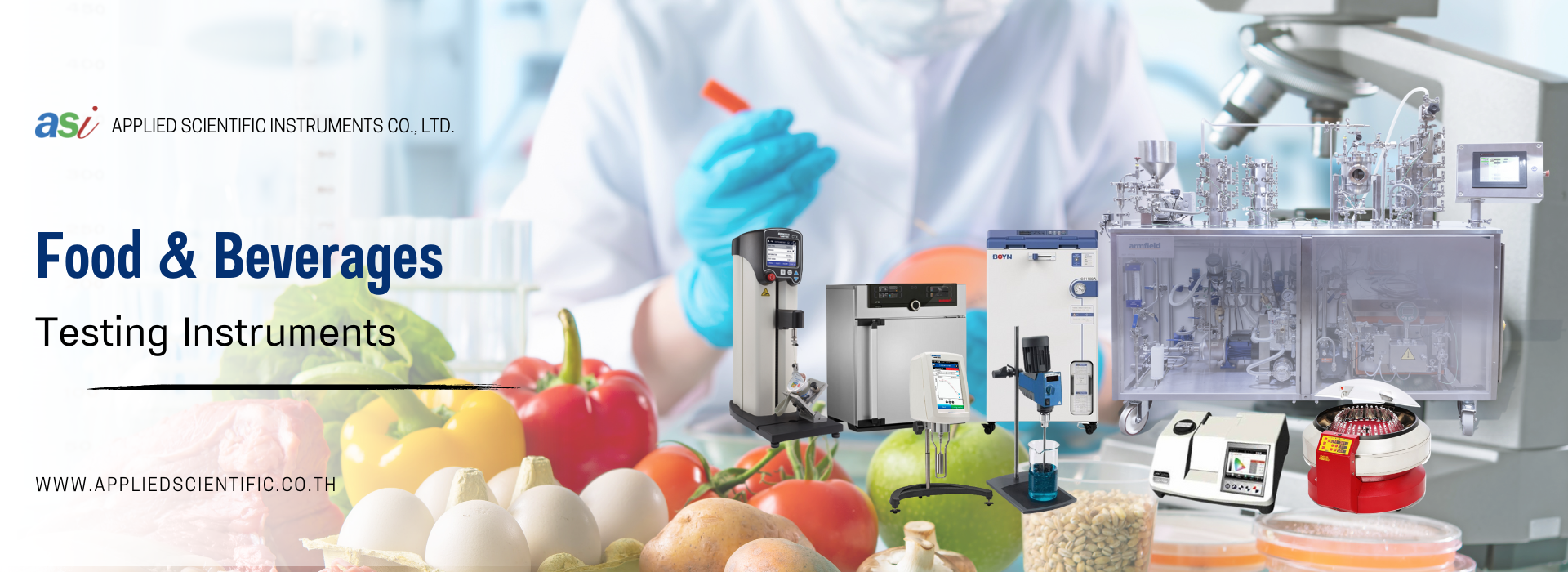
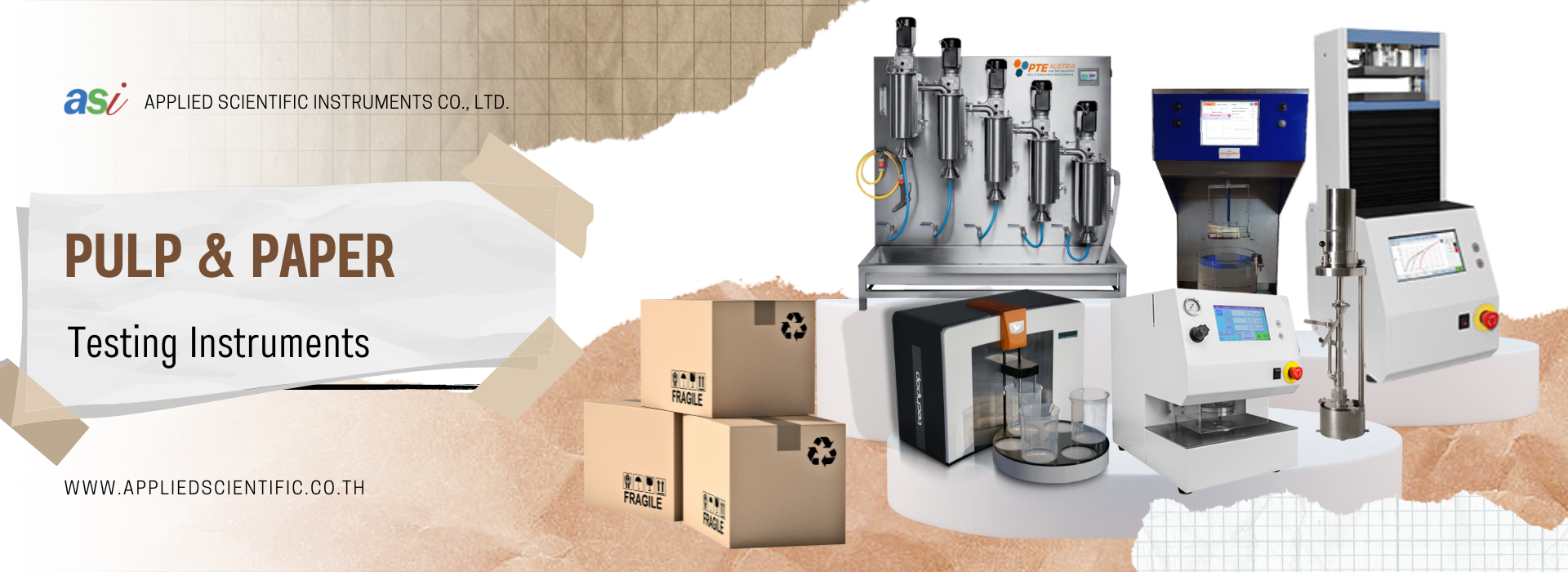

.jpg)
